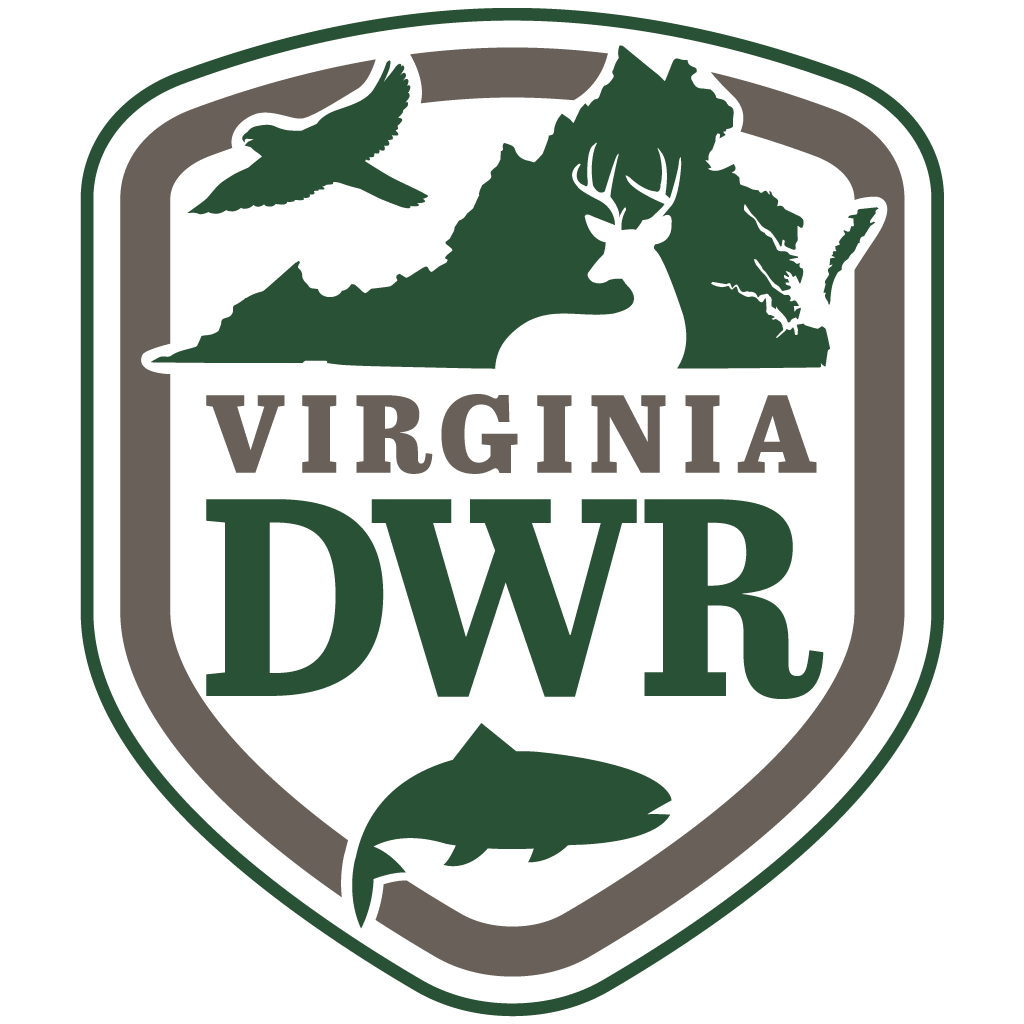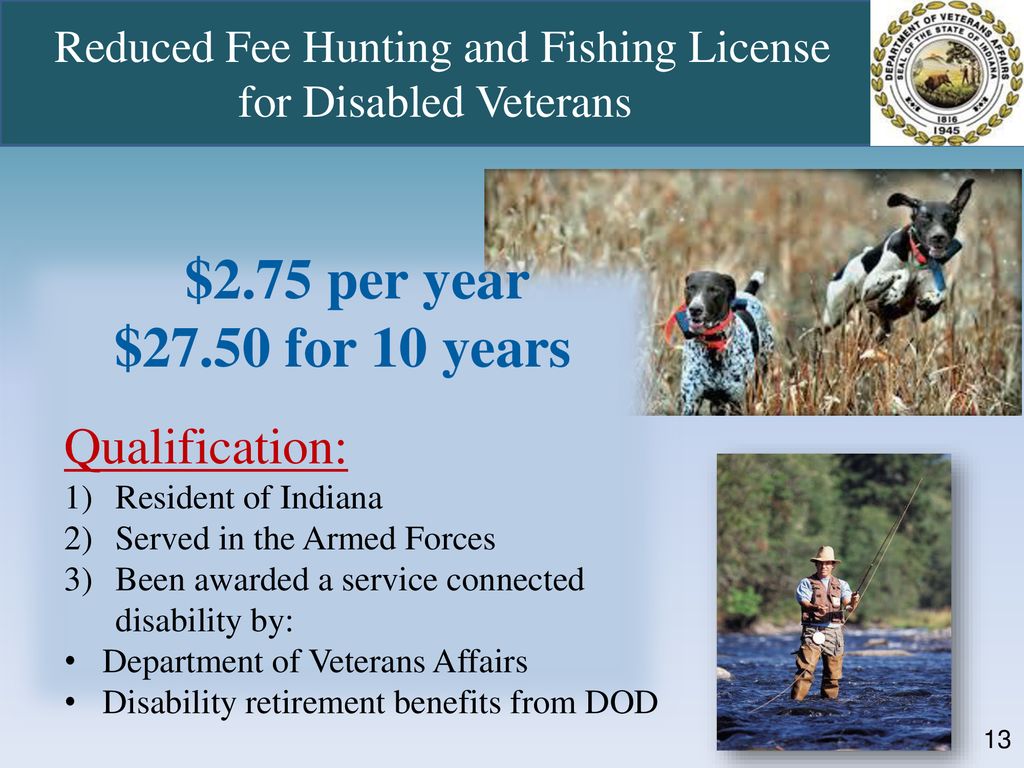
You can use a target load to increase your chances of getting more shots. These are manufactured to higher standards and may result in a higher shooting percentage. A dove usually flies at around 55 MPH. However, it can fly much faster if there's a tailwind. To shoot a dove, you need to have an adequate lead and you can use a lighter load to achieve this. When shooting a dove, it is important to remain still until it is within 25-30 yards of your target. You can also shoot one or two times with a lighter load.
Find a place where doves are currently feeding to start your hunt. It is best to hunt doves in fields that have wheat stubble and corn silage. Another great place to hunt is near ponds with exposed banks. Before hunting season opens, scout these fields to make sure that they are active and feeding. You should set up near where the birds are flying, so you can watch for them coming in. To catch them, you can use motion wing lures. If you are looking for the best spots to hunt doves, contact your local game agency. They will tell you if there are any restrictions.
Once you have selected a spot, be sure to watch for weather patterns. Watch out for cold fronts and rainstorms. Doves don't like cool weather and they'll avoid a shotgun when it's too cold. To find out where doves can be hunted in your state, visit the Department of Natural Resources website. Once you spot a dove in flight, you should move to increase your chances of seeing it again.

You should have several decoys if you want to shoot a dove together. It is important to be able to distinguish between a decoy and a live one. A decoy that looks like a bird might be a dead tree or fence that you have to jump over to get a closer look at it. If you're unable to distinguish the difference, you might use a decoy from a dove.
Doves are migratory birds and must be located in an ideal location. Look for a tree that they frequent to roost in if you are looking for doves. Once you find the right spot, you will be able to move near it and wait until they come down. Once you have found the location, you can move close to it and wait for them to swoop down.
FAQ
Why is it that the U.S. Department of Agriculture (USDA), only estimates that 1% of hunters kill a deer each year?
The USDA estimates that approximately 6.5 million Americans hunt buck. Of these, only about 2.2 million actually shoot one.
This means that about 0.6% of hunters kill a deer each season.
Which gun is the best for hunting?
A.22 caliber rifle makes the most effective hunting weapon. This rifle is lightweight and portable. You can also shoot at great distances with it.
This type of firearm should only be used when there is no threat from a predator.
You don't want your ammunition to go to waste by hitting a tree. Clear sight is essential for your prey.
You can hunt larger game with a rifle in the.30 caliber range. However, it is heavier than a.22 rifle.
For accuracy with a 30-caliber rifle, you will need more practice.
Which state has the most deer hunters?
Wyoming is the state with the highest number of deer hunters. It also has the highest number of hunting licenses sold annually.
The state with the second-most deer hunters is South Dakota. It is ranked third for the annual number of hunting permits sold.
New Hampshire is home to the most deer hunters. It ranks last in terms of the number per capita of hunting licences sold.
What training is necessary to become a hunter How long is it?
To learn how to hunt, you must attend a basic course. This course teaches you about different types of game and gives you information about the laws surrounding hunting.
You will be taught how to safely handle ammunition and firearms. These items will be safely used.
The course can last anywhere from 2 weeks to 3 months. Some courses can only be taken online. Some courses can be accessed online.
To qualify for a license, you must pass a written test. A hunter education course may also be required.
What does it cost to be licensed? What if there isn't enough money?
It varies from one state to the next. The cost of licensing can range from $20 to more than $100.
You might be eligible to apply for a loan/grant if you don’t have enough money.
Additional to paying the fee, you'll need to buy a tag. Prices for tags vary depending on what type of game you hunt.
There are tags available for bear, elk and moose as well as waterfowl, upland birds and furbearers, such as foxes.
Some states require registration with the Department of Natural Resources to be eligible for a license.
Before you go out hunting, make sure you check all local regulations.
How many Americans depend on hunting?
There are more than 300,000,000 hunters in America. This is nearly twice the number of hunters than New York City residents.
Hunting has been a popular American pastime for centuries. Today, however, hunting for sport is less popular than ever. According to U.S. The U.S. Fish & Wildlife Service reports that only 2 percent shoot regularly. Young adults are even less likely to hunt regularly.
While hunting may seem like something that is long gone, it is still popular among the older generation. A recent survey found that 68 percent of baby boomers plan to hunt again when they retire. Hunting is for them a way to enjoy the outdoors and connect with nature.
For younger generations, however, hunting isn't necessarily a priority. According to National Shooting Sports Foundation, 18% of millennials don't consider themselves to be avid shooters.
That's why FWS is working hard to make sure that America's wild places remain open for everyone to experience.
In 2014, the agency started the "Wild Lands” initiative to raise awareness about the importance of public lands. The goal is to educate people about the importance of preserving these areas and encourage them to visit them.
Conservation efforts are encouraged by the Wild Lands program. FWS and National Rifle Association collaborated to create Project Gunter a youth shooters program. The program teaches children how to safely use firearms and helps them improve their marksmanship and safety skills.
Project Gunter is expanding to include minorities and women. This has led to more children learning how to use guns and becoming active participants in wildlife conservation.
Is hunting dangerous?
Yes, but hunting can also cause injury.
There are many ways you can injure oneself.
Improper shooting techniques are one way. An example of this is when you shoot at an incorrect angle or hit the wrong area of the animal.
Another possibility is to be attacked by another pet.
Hunting accidents happen each year. Guns are responsible for many people being killed or seriously hurt.
Hunters are advised to keep their guns loaded until they reach their destination.
It is also important that they do not take their guns with them when they venture into the woods.
Always keep your eyes peeled. Pay attention to where you are going and listen out for any sounds.
You should not approach any animal unless you can defend yourself.
Never chase after prey. Instead, just wait patiently for them.
Never make a mistake. These can cause injury or even death.
Be cautious around cliffs and other locations where it is difficult to see below.
Avoid rivers and streams. These places can flood unexpectedly.
Hunting is a time to forgo alcohol. It can affect your judgment and slow down your reaction times.
Always keep all safety equipment close by. Always have a flashlight, first aid kit, and flashlight with you.
It is important to know how to treat an emergency. Do not assume you know the basics of first aid or CPR.
Statistics
- According to the Wildlife Restoration Act, passed in 1937, most of the state conservation efforts are funded through hunting and fishing license sales and firearms sales. (stacker.com)
- Indiana, for example, saw a 28% jump in turkey license sales during the first week of the season. (stacker.com)
- - Percent of residents with paid hunting licenses: 0.7%- (stacker.com)
- Licenses dropped from a peak of roughly 17 million in the 1980s to 15 million in 2019, according to The Seattle Times. (stacker.com)
External Links
How To
How to make a Deer Blind
A deer blind is a type of hunting device used to hide from game animals such as deer, elk, etc. The deer blind is a small enclosure of canvas or wood, often covered with leaves and branches. The hunter will hide inside the enclosure while he waits for his animal to pass. For hunting at night, deer blinds are often used.
You can find deer blinds in many sizes and shapes. Some blinds can be moved easily while others require a permanent structure. They are made from materials such as plywood, cardboard and plastic.
The most common type of deer blinds is box blinds (also known as box stands). These blinds consist of a box made of wood with walls and a roof. Because they are easy-to-assemble and transport, boxes are very popular.
A tree stand can also be used as a deer blind. Tree stands are made to look natural, so no one would guess they were there. Most tree stands are permanently attached with trees.
Ground blinds are another type. They are similar to tree stands but are built into ground. Ground blinds can often be disguised with dirt, rocks, sand, or grass. Ground blinds can also be called "ground boxes".
You can hunt with a blind deer hunting in many different ways. One way is to sit still and wait for the animal to approach. You can also try moving around to scare away the animal. You should be quiet and not move too much if this is the method you choose. This could cause the animal to believe you are a predator and make them run.
The first step in using a deer-blind is to choose a location. The best place to use a deer blind is one where the wind will not blow your scent towards it. Avoid areas that are frequented by hikers.
Don't forget to learn how to set up the deer blind. You don't want your animal running away because they see you.